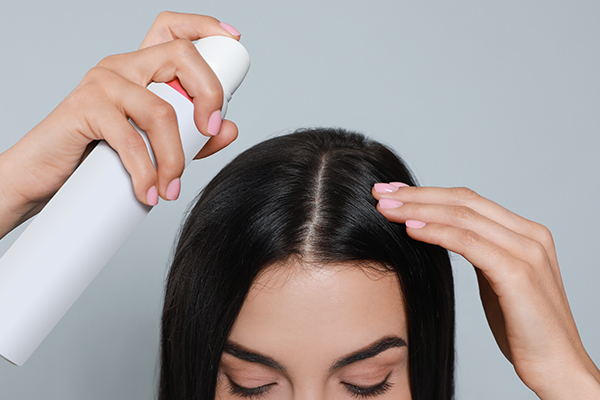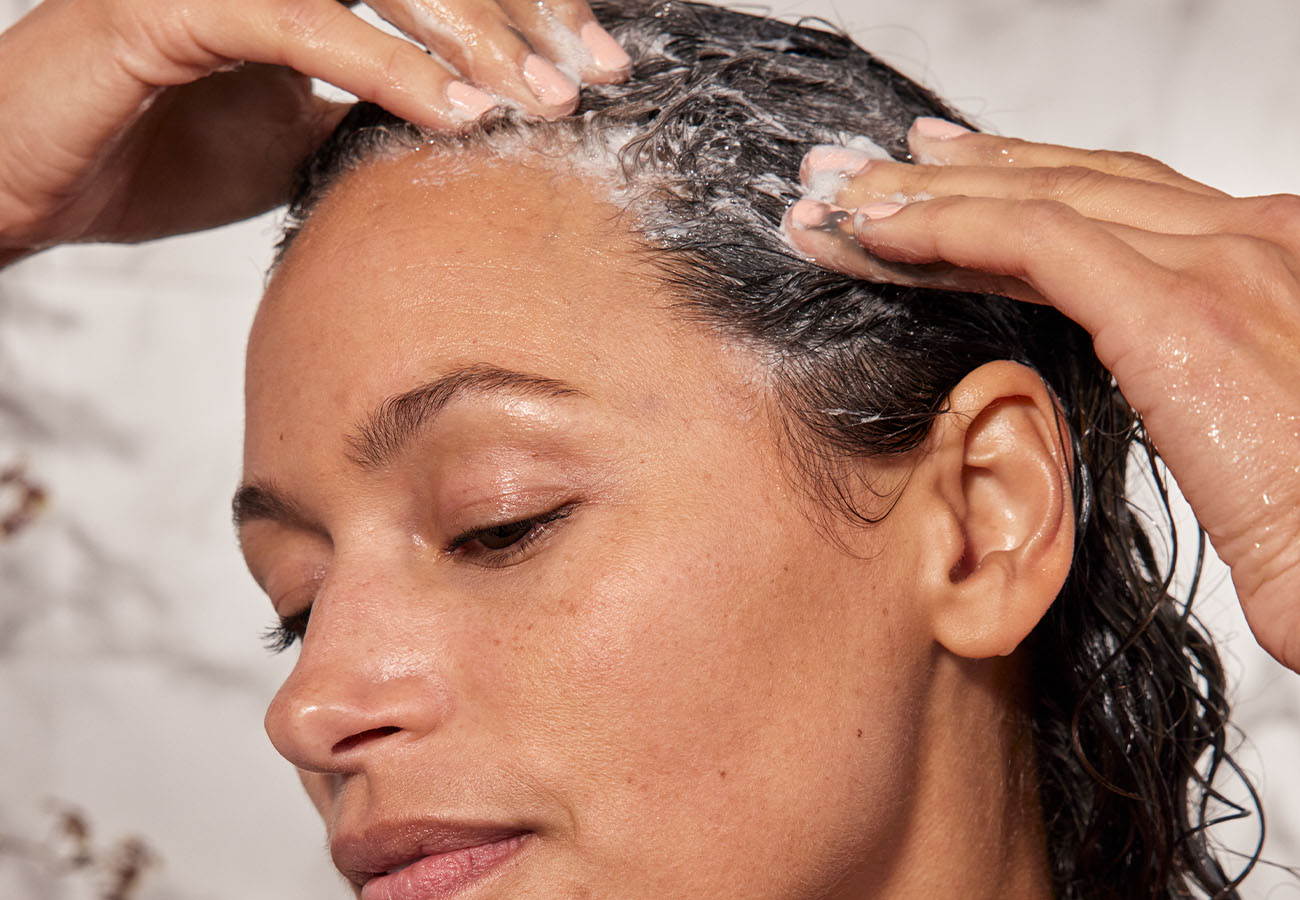Ah, winter! The time for jingles, cool weather and hot cocoa, and... scalp buildup? Yep, that stubborn layer of ’stuff‘ on your scalp that makes your hair feel greasy even after you’ve washed it. It can strike anytime but tends to hit harder in the colder months. Why? The combo of dry indoor heat and harsh cold air can throw your scalp into chaos, leading to excess oil production, dryness, and a whole lot of flaky buildup.
Don’t worry, though. While it’s frustrating to deal with, scalp buildup isn’t permanent, and we’ve got dermatologist Dr Kiran Sethi’s advice to guide us through to find a solution.
What Exactly Is Scalp Buildup?
Think of your scalp as your face’s introverted sibling. It’s sensitive, but because it’s covered with hair, it doesn’t get as much love. Over time, natural oils (sebum), dead skin cells, leftover product, and even pollutants form a layer of buildup. In winter, this process can go into overdrive, leaving your scalp itchy, flaky, or greasy.

What Causes Scalp Buildup?
Dr Kiran Sethi explains, ’Buildup can be caused by everything from your own natural oil production to environmental factors like pollution or hair products, especially those containing silicones or heavy waxes.’ Dry shampoos and over-washing can also tip the balance. And let’s not forget winter-specific triggers like dry air or the temptation to skip hair washes in favour of Netflix marathons.
How To Tell If You Have Scalp Buildup
You’ll know it when:
- Your hair feels greasy even after washing.
- Your scalp is itchy, flaky, or even a little sore.
- You see white patches or flakes that don’t budge with a regular wash.

1. Wash Your Hair More Often
’Washing your hair more frequently is your first defence against buildup,’ says Dr Sethi. ’In winter, people often avoid washing their hair as much because of the cold. But if you’re noticing buildup, it’s a sign your scalp needs more regular cleansing.’
If your scalp leans towards being oily, aim for every other day. If it’s dry, try washing every three to five days with a gentle shampoo.
2. Exfoliate Your Scalp
Yes, just like your face, your scalp benefits from exfoliation. ’Physical exfoliation with a scalp brush can help loosen dead skin and product residue,’ Dr Sethi shares. Look for a brush with soft bristles, or use your fingertips to gently massage your scalp during shampooing.
But remember: No nails! Scratching might feel satisfying, but it can damage your scalp’s barrier and cause more issues.
3. Try A Chemical Exfoliant
For stubborn buildup, chemical exfoliants are a game-changer. ’I recommend products with glycolic or salicylic acid once or twice a week,’ Dr Sethi says. These ingredients break down buildup at the root, leaving your scalp feeling refreshed.
4. Use A Clarifying Shampoo
Your regular shampoo might not cut it, especially if it’s sulfate-free. Dr Sethi advises using a clarifying shampoo once a week to deep-clean your scalp and hair. ’Choose a product based on your hair type—some are gentler for curls or colour-treated hair,’ she notes.
Pro tip: Start with warm water to loosen dirt and product buildup before applying your shampoo.
5. Rethink Your Products
’Some hair products, like those with silicones, can leave a residue that’s hard to remove,’ says Dr Sethi. Swap these out for lightweight, silicone-free options to avoid future buildup.
6. Cut Back On Dry Shampoo
We get it—dry shampoo is a lifesaver on busy days. But overusing it can clog your scalp and worsen buildup. Dr Sethi recommends limiting dry shampoo to once or twice a week and always washing thoroughly afterward.
7. Consult A Dermatologist For Persistent Issues
If your scalp feels irritated or you notice red patches or intense itching, it might be time to see a dermatologist. ’Conditions like seborrheic dermatitis or fungal overgrowths require targeted treatments like medicated shampoos,’ Dr Sethi explains.
One common prescription is a shampoo with zinc pyrithione, which targets the root causes of dandruff and buildup.